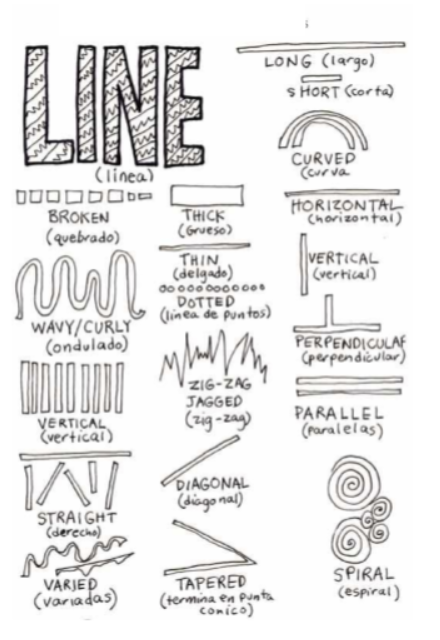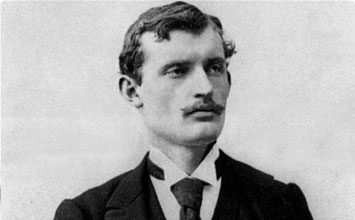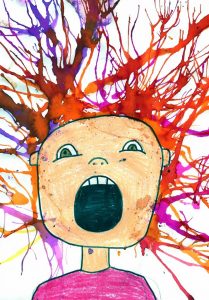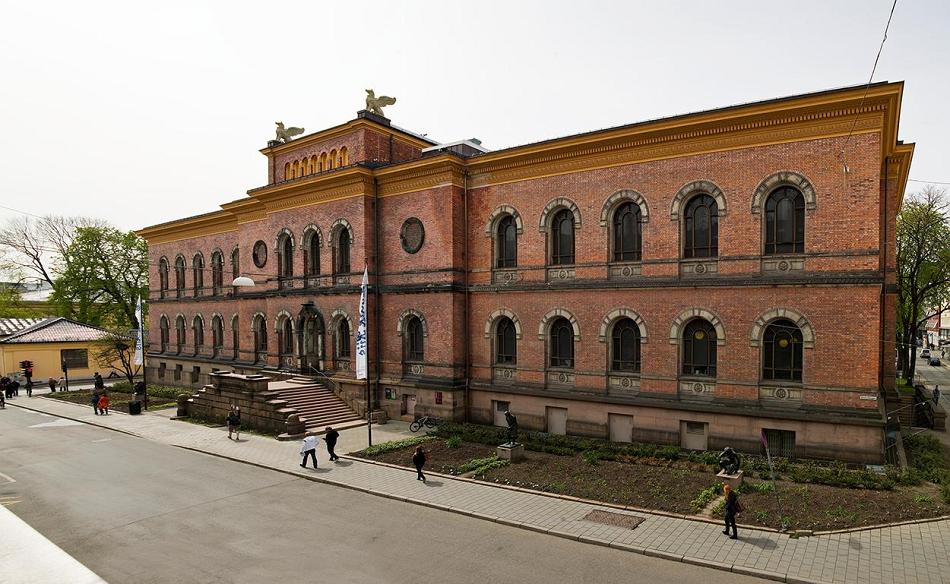Line
Line is the foundation of all drawing. It is the first and most versatile of the visual elements. Line in visual arts can be used in many different ways and often define the edges of a form. Line can be used to suggest shape, pattern, form, structure, growth, depth, distance, rhythm, movement and a range of emotions. There are many different types of lines including vertical, horizontal, curved, curly, spiral and jagged. Artists use line in very different ways. Line can express mood, control, and direction and can be thick, thin, bold, and faint.
“A line is a dot that went for a walk” – Paul Klee
In the visual arts, lines are made when an artist draws or paints on paper or canvas, or when different materials such as wood, glass, or metal are bent and shaped.
Artist: Edvard Munch
Edvard Munch was born in Norway on December 12, 1863. At a very young age, he lost both his mother and sister to tuberculosis. He was raised by his father, a military doctor, who suffered from mental illnesses. Munch had an unhappy childhood that was plagued with family tragedy. As with most artists, much of Munch’s subject matter came directly from his life experiences. From the death of family members to love lost, the images in his art were at times too much for the general public to bear. Often called the first of the expressionists, Munch left a profound mark on the history of art.
Munch’s Style and Technique
Munch’s style was thought to be both naturalistic and impressionistic. He favoured heavy lines, bold brush strokes and sharp contrasts to create tension and emotion. He would often scatch in the paint on the canvas and leave sections hardly painted as ways of expressing his true feelings.
The Scream
Munch created this piece, The Scream, in 1893. It is currently hanging at the National Museum in Oslo, Norway.
Expressive lines show feeling and emotion. In The Scream, Munch used wavy lines in contrast with strong straight diagonal lines to convey anxiety. This piece of art was done in oil, tempera, and pastel on cardboard.
Click through the slide show to see more art by Munch.
Now it’s your turn to be inspired!
There are many different ways that artists use line. They can be drawn, painted, shaped or even blown! Munch painted straight and wavy lines to create a sense of fright and anxiety. Have fun recreating your own version of The Scream. You may want to try playing with line and feelings through straw and paint! You will need watercolour paper, a black sharpie, crayons, liquid watercolour paint, a straw, and cups for paint. Follow these steps or create something entirely your own.
- Draw a head that takes up the bottom half of the paper making sure to draw a large mouth and raised features so the face looks tilted up.
- Trace all the lines with a black Sharpie marker.
- Color heavily with crayon. The goal is to not have any blown paint sit on top of the face and clothes.
- Use a straw to dab liquid watercolor paint around the head. Blow outward as much as possible to get thick and then thin lines.
National Museum in Oslo, Norway
Universitetsgata 13, 0162 Oslo, Norway
Exhibit your The Scream Inspired Art!
Can you imagine seeing your work displayed in an actual museum? Well here is your chance! Virtually hang your artwork, alongside Munch’s The Scream at the National Museum in Oslo, Norway!
Follow the directions below to add your masterpiece to the map:
- Click on the ‘Seven Elements of Art Form’ link below.
- Select one of the seven categories
- Upload a picture of your art as the “featured image”.
- Under Post Title: put your First Name and Grade (Louise, Grade 5).
- Copy and paste the gallery address above to the Location field.
- For the Post Content section, answer any questions that were asked within the lesson, or tell us a bit about what inspired you to create your art and how you created it!
- Click Submit to drop your pin in the map so that others can view your art at the gallery.



